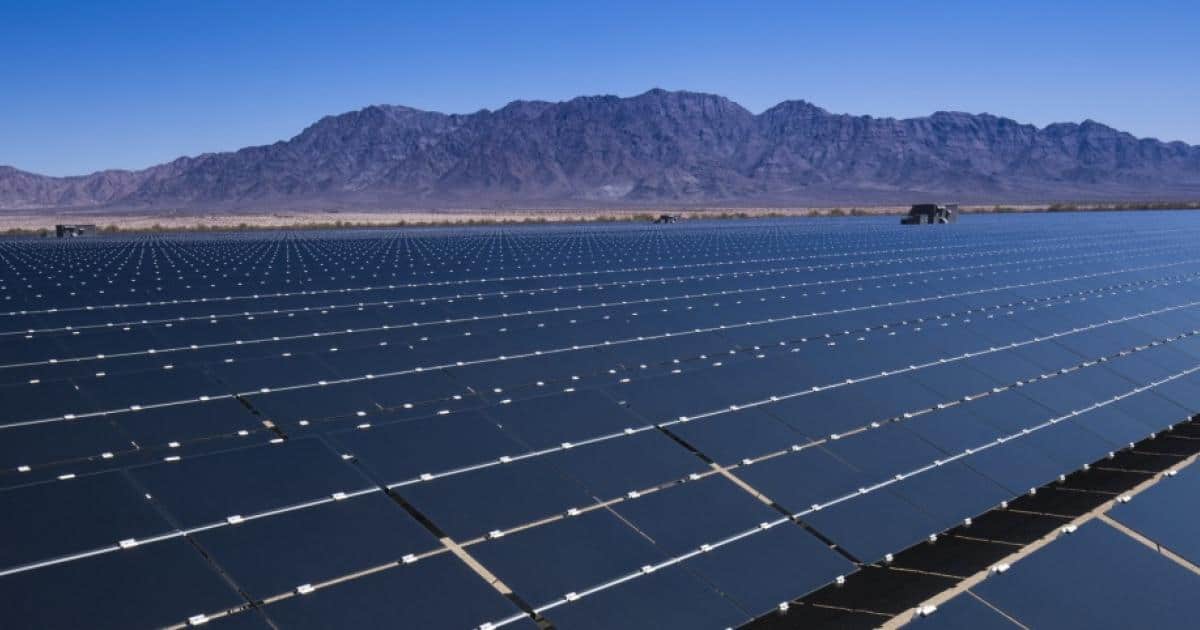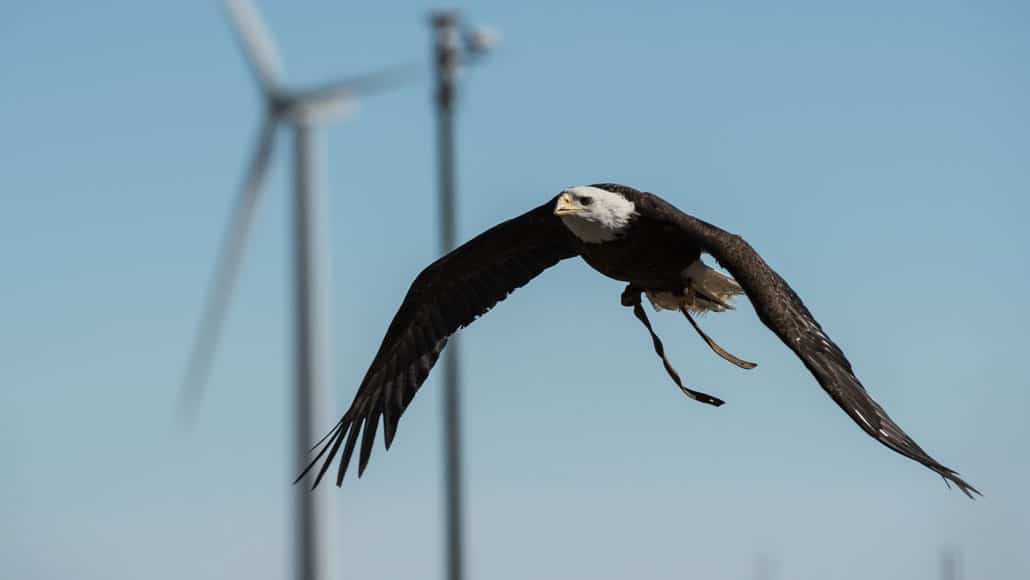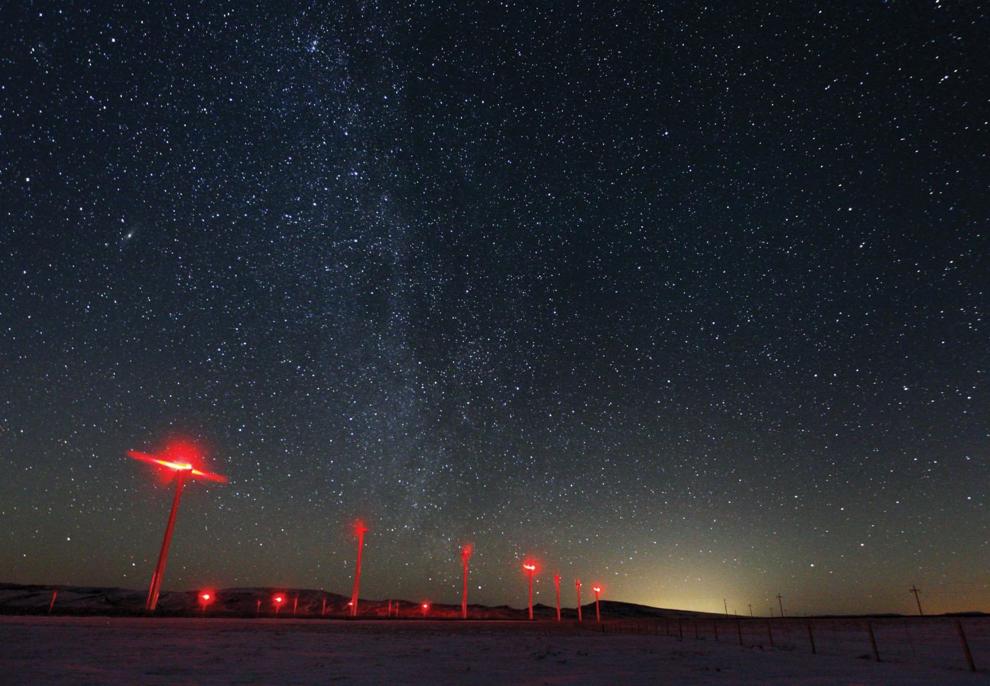
We’ve been covering the tension between protectionist interests and renewable energy developers.
Here’s a few more.
1. Prairie-Chicken Listing Expected to Put Wind Farms in Crosshairs
At TSW we can’t afford a subscription to Bloomberg Law but here’s the link for those who have access. Definitely sounds interesting.
A Biden administration proposal to list the lesser prairie-chicken as endangered in the Permian Basin of Texas and New Mexico could stymie oil and gas development in the largest U.S. petroleum basin, environmental attorneys say.
And one warns it could devastate another energy source—wind power.
2. Wind turbines dry soil in Chinese grasslands.
Paper by Wang et al. open access.
Our research shows that the operation of wind turbines will cause significant drying of soil, and this drought effect differs significantly according to season and wind direction. Our results show that 1) the soil moisture within wind farms decreases most significantly, with a decrease of 4.4 % observed; 2) in summer and autumn, the declines in soil moisture in the downwind direction are significantly greater than those in the upwind direction, with the opposite occurring in spring. (3) Wind farms aggravate the soil drying in grassland areas, which may have impacts on grassland ecosystems. Therefore, when building wind farms, we need to better understand their impacts on the environment.
I’m not pointing this out to say “wind turbines are bad”; more to say that this is one piece of information that has not yet been included in future models. With the quantity of wind turbines some project, they themselves will have impacts on climate and need to be included in models. But we don’t know how many there will be, nor exactly the impacts. And so it goes…
A Special TSW Feature.. Members of Both Parties Agree on..
3, New Transmission Lines Should Take Less Than 12 Years to Get Approved and… Climate Urgency
Thanks to reporter Dustin Bleizeffer of Wyofile- the whole story is interesting. Mark Gordon is the R Governor of Wyoming.
Though Gordon and the Interior officials often clash on energy and federal land use policy fronts, they all hailed TransWest Express — as well as the Chokecherry Sierra Madre wind energy project that will energize the line with 3,000 megawatts of power — as vital steps toward boosting clean energy to help address a climate emergency.
“We know that the time to act on climate is now,” Haaland said. “From coastal towns and rural farms to urban centers and tribal communities, climate change poses an existential threat. Not just to our environment, but to our health, our communities and our economic well being.”
“Gathered here,” Gordon said, “we see the first steps that we’re taking to make sure that we take the action that’s absolutely necessary to keep us from climate peril.”
***
“Because there is an urgency as we see climate change, we know that we don’t have time to waste,” Gordon said. “We have to move with diligence forward to make sure that we address the issue of carbon dioxide in the atmosphere with alacrity and diligence and with dedication.”
4. We Should Use Current Information in Decisions and Note Conflicts of Interest
Roger Pielke, Jr. testified at a Congressional hearing. You can read about it on his Substack.
Here’s a place of agreement as well.
Specifically, I referred to the misuse of outdated climate scenarios and our old friends RCP8.5 and RCP4.5, which you can read about in more detail below. Readers here will know that outdated climate scenarios are a big problem.
For me, it was notable that my testimony was favorably received by Senators Chuck Grassley (R-IA) and Ron Johnson (R-WI) on the right and Senators Sheldon Whitehouse (D-RI) Tim Caine (D-VA) on the left.
In fact, in his closing remarks Senator Whitehouse read from a recent post The Honest Broker on conflicts of interest in climate research:
Experts monetizing their expertise is one important reason why people become experts, and there is no problem with people seeking to make a buck. But where expertise and financial interests intersect, things can get complicated. That is why there are robust mechanisms in place for the disclosure and mitigation of financial conflicts of interest . . . All of this is just common sense. Your doctor can’t prescribe you drugs from a company that pays him fees. You wouldn’t think much of a report on smoking and health from a researcher supported by the tobacco industry.
In case you wonder what that has to do with climate, it turns out that some papers defending RCP 8.5 happen to be from people in consulting firms whose models are based on 8.5 and are advising their clients based on 8.5. Which is not wrong, necessarily, as Whitehouse says, but needs to be disclosed.







